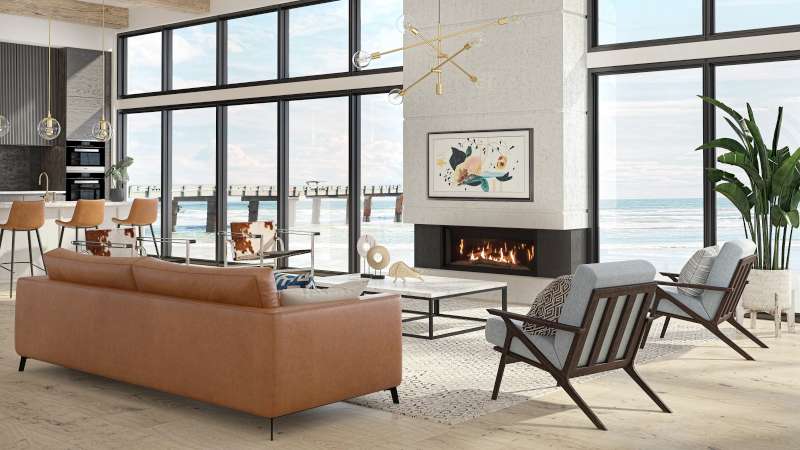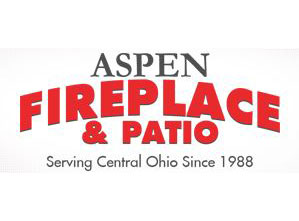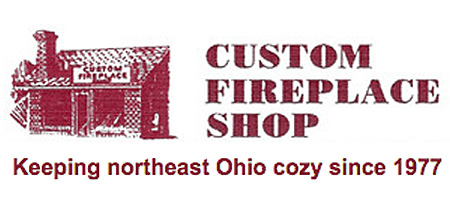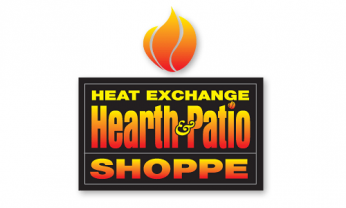Do you go through the exercise of cutting, splitting and stacking wood every year? You’re tired of those monthly gas or fuel oil bills, right? You would like to be a bit more independent. You just simply like the way wood heat feels and you wish you could keep your entire home nice and warm by burning wood. If any of this sounds familiar to your situation, it would be a good idea to invest a few minutes and read this article.
EPA CERTIFIED OR OPEN BURNING?
Some fireplaces provide serious heat. Others do not. Some fireplaces will hold a fire for 8 to 10 hours. Others will not. Why is that?
Many masonry and zero clearance (ZC) fireplaces have little or no control on the amount of air that is going to the fire. Fireplaces without any doors are not much more than a campfire in your living room. The fire is burning beneath an 8” or 10” hole that goes up through your house. All the heat is lost up the chimney.
Fireplaces with bifold doors are a bit better, but still not effective in controlling the combustion air or burn rate of the fire.
Sealed, gasketed doors on your fireplace, stove or insert are your best option. These doors help provide long burn times. And with the aid of a fan, the majority of the heat is being delivered back into the room, not lost up the chimney.
This is one of the main differences between an Environmental Protection Agency (EPA) certified appliance and one that is not. A fireplace, stove or insert must meet or exceed specific emission requirements set by the New Source Pollution Standards (NSPS) issued by the EPA. Most certified equipment will operate in the +70% efficiency range. That’s +70% of the generated heat delivered to your home to keep your family warm.
There are no efficiency ratings with open-burning equipment. In fact, some will likely operate at a negative efficiency. That is, they take more heat from the house than they contribute to it! EPA certified equipment will burn wood much more effectively, saving you time and money and saving our resources.
HEAT THE HOUSE!
If you would like to heat your home with wood, don’t even consider doing it with equipment that does not carry an EPA emissions tag. You’ll be wasting money and your time by burning significantly more wood than necessary.
There are several manufacturers that produce very efficient, clean burning, wood-fired equipment. Wood burning fireplaces, stoves and inserts come in lots of sizes. The size of a wood burning firebox is expressed in cubic feet. The BTU rating of the appliance is also important.
WHAT SIZE?
Many fireplaces, stoves and inserts are capable of heating 2000-3000 square feet of well insulated space. These are normally rated by BTU/output and by the cubic foot size of the firebox. The larger the firebox, the more wood it will hold. The longer the wood will last, the more heat is produced.
Over 70,000 BTU’s and firebox sizes larger than 2.9 cubic feet will heat up to 3000 square feet of well insulated space. Mid-size fireboxes from 1.8 to 2.8 cubic feet and from 40,000 – 70,000 BTU’s will heat up to 2000 square feet. Smaller units, less than 1.8 cubic feet will heat up to 1000 square feet of well insulated space.
Please keep in mind that this is not an exact science. Note the words “up to” in the paragraph above. There are lots of variables that will affect how quickly a house loses heat. The type of construction and the age of the house, the condition of windows and doors, sidewall and ceiling insulation, orientation to the south and your address will all make a huge difference in the equipment you choose.
Your WE LOVE FIRE dealer can help determine what size and/or model would be a good choice for your home. Or, see our BTU calculator to get a sense of how much heat you might need.
If heat is not important and you’re a recreational wood burner, that is only a few fires a year, maybe you want to consider a fireplace that is not EPA certified. These are usually less expensive and often equipped with bi-fold doors. Most of the heat is lost up the chimney and not delivered into the room. Efficiencies are not rated with this type of fireplace. But for a couple of fires around the holidays and an occasional weekend fire, they can work out well for some people.
After the time and energy of cutting, splitting hauling and stacking wood, our experience is that most people want the benefit of the heat in their house. They don’t want to lose the majority of the heat up the chimney.
OTHER CONSIDERATIONS:
Depending on the total size and the lay-out of the house, a second stove or fireplace might be warranted. The size of the room will certainly make a difference when deciding on a certain model. You’ll want the fireplace, mantel and hearth to look proportionately correct for the space. Moving air around the house, via ceiling fans, an oscillating floor fan or through the ductwork of your conventional furnace is very important. Air must circulate around the house to help even out those cold spots and prevent one area from being 80 degrees and another area 55 degrees. Houses will vary in terms of how easy it is to move heated air around, but do some experimenting and see what works best for your situation.











0 Responses